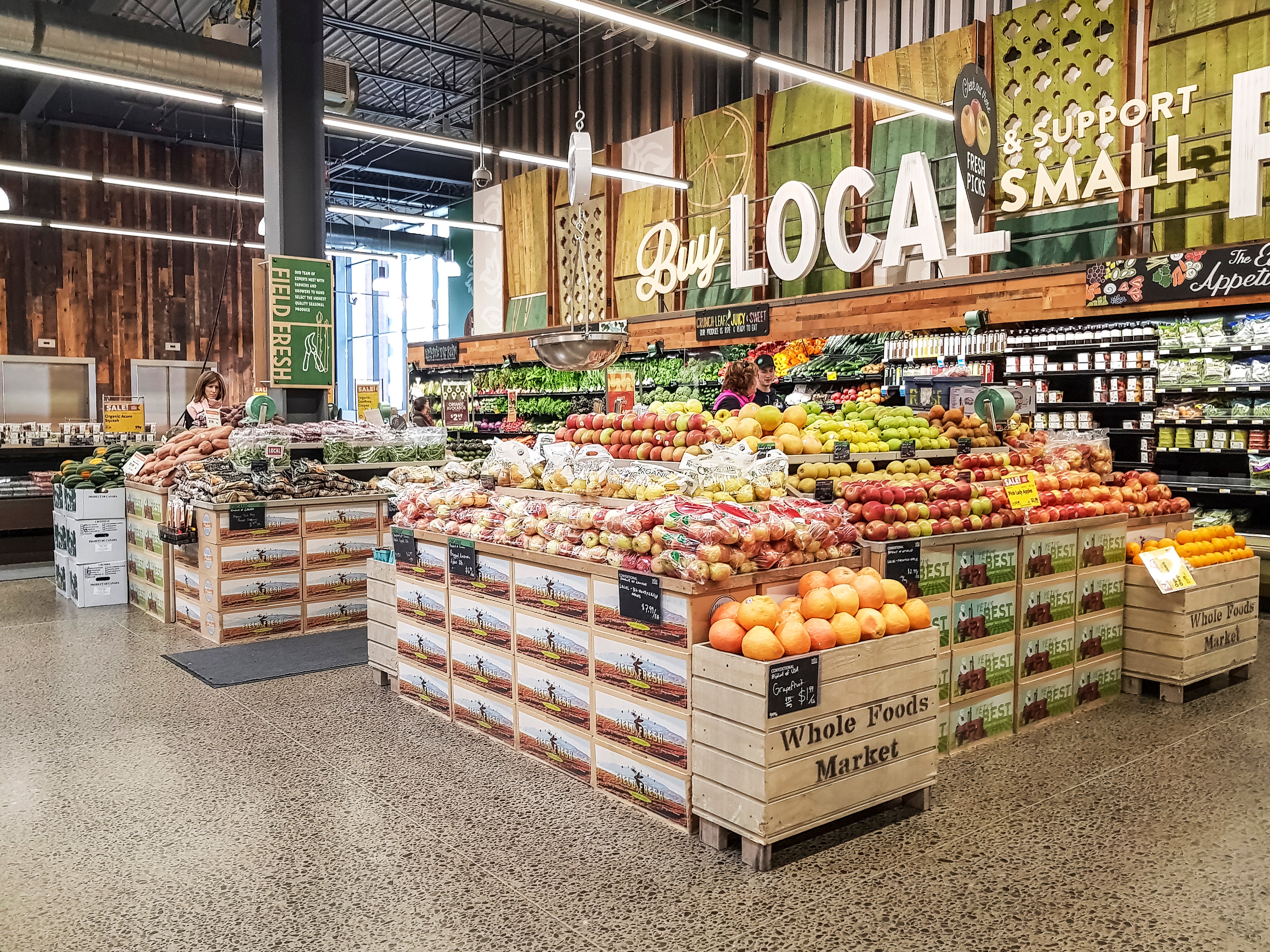
This is an excerpt from Monday’s (5/27) Point of Sale retail supply chain newsletter sponsored by ArcBest.
It’s been nearly four years since Amazon acquired Whole Foods. When the deal was announced, the fear was that in its quest for retail domination, Amazon would strip out everything that made the Austin, Texas-based natural foods pioneer so special, turning its ~500 stores into little more than mini-fulfillment centers for Amazon grocery. While many of the worst fears haven’t come to pass, many of the expected improvements haven’t materialized either.
Even before the acquisition, a shift to centralized buying was seen as leaving less space for local and regional brands. While the company has taken steps over the last year to highlight local foods popular with customers, Whole Foods isn’t seen as an innovation leader the way it used to be. “Whole Foods should be in the vanguard of innovation,” said Neil Saunders, managing director of retail at GlobalData. “Sadly, it isn’t. In fact, it’s something of a laggard. Regional chains like Wegmans and Publix do a better job. Even Target has stepped up its innovation game.”
Last week, Whole Foods announced an organizational realignment that includes fully centralizing product buying. According to an employee memo, the move will “help us continue to sell the highest quality natural and organic products, including elevating our selection of local products, exclusive and emerging brands, and new innovations.”
Why is Whole Foods doing this? Reports began soon after Amazon’s 2017 acquisition that the grocer was accelerating an already ongoing shift to centralize buying in order to ensure a balanced mix of major and niche brands across stores.
Amazon’s physical store sales, primarily generated by Whole Foods, have declined in four consecutive quarters, including a 15.5% decline in Q1. The poor in-store performance has been partially offset by online sale, which tripled at Whole Foods from March to December of last year.
According to last week’s statement, Whole Foods “continues to grow across all channels, including delivery, pickup and in-store.” The move, according to the company, will allow regional operations to “focus exclusively” on running their businesses, including e-commerce and store support.
Is it a good move? One of the things that has made Whole Foods so successful is its willingness to work with undiscovered brands. Whole Foods has been the gateway to grocery retail for many years, and that connection was built through regional buyers discovering them through farmers markets, events and other local connections. Allowing brands to sell to individual stores or regions was often touted as the way Whole Foods discovered and supported emerging and local brands. And it’s how local brands stopped being local brands.
The question becomes: Can centralized buying support local brands? Can this be done in a way that works logistically while still supporting local product sourcing and without raising prices to compensate for the extra costs? It could just be me, but it seems that centralized buying and local product discovery are polar opposites. How can Whole Foods centralize buying and get better at the local level?
There are obvious benefits to centralized sourcing, including lower costs and potentially higher quality control, but Whole Foods quality standards are already best in class and shoppers don’t venture there for low costs. Sure, lower prices were the No. 1 thing everyone expected from an Amazon’d Whole Foods, and that has come to fruition marginally. “But prices were so high to start that it’s still one of the most expensive chains out there,” even on national brand items also sold by competitors, reported Saunders.
Is it worth giving up agility, localization and customer discovery for higher margins? Depending on what Amazon sees in Whole Foods’ future, it seems so. Lee Peterson, EVP at strategy consultancy WD Partners, said in a RetailWire discussion that he is convinced Amazon believes all grocery sales will be online in 10 years. “Half the shelves are empty, the whole front of the store is a warehouse, the cafe is closed and there are more pickers in the store than customers. Does that sound like they care about the old ‘in-store experience’ factor? There are huge signs when you check out reading “2 Hour Delivery!” in Amazon blue. The writing is literally on the wall.”
If you enjoyed this piece, try Point of Sale, my twice weekly newsletter about the rapidly evolving retail supply chain. Join more than 2,000 supply chain nerds like myself for trends, news, and analysis of every corner of the retail supply chain. Sign up for free here: https://freightwaves.com/pos











Kerry Wendt
Whole Food / Amazon – Thank you for this article. It looks like the day is coming that I will need to drive a bit further so I can shop at a market that promotes local products. I miss the old Whole Foods and being able to shop in the store and was hoping that once the pandemic passes that I could return to going to the market, but it sounds like Amazon has other plans for me. Sorry Amazon, I will just go somewhere else that truly cares about the local farmers and local products. This makes me feel like the “Buy American” Walmart, but really made in China issue from several years ago. Amazon is the Walmart of the “Buy Local”…